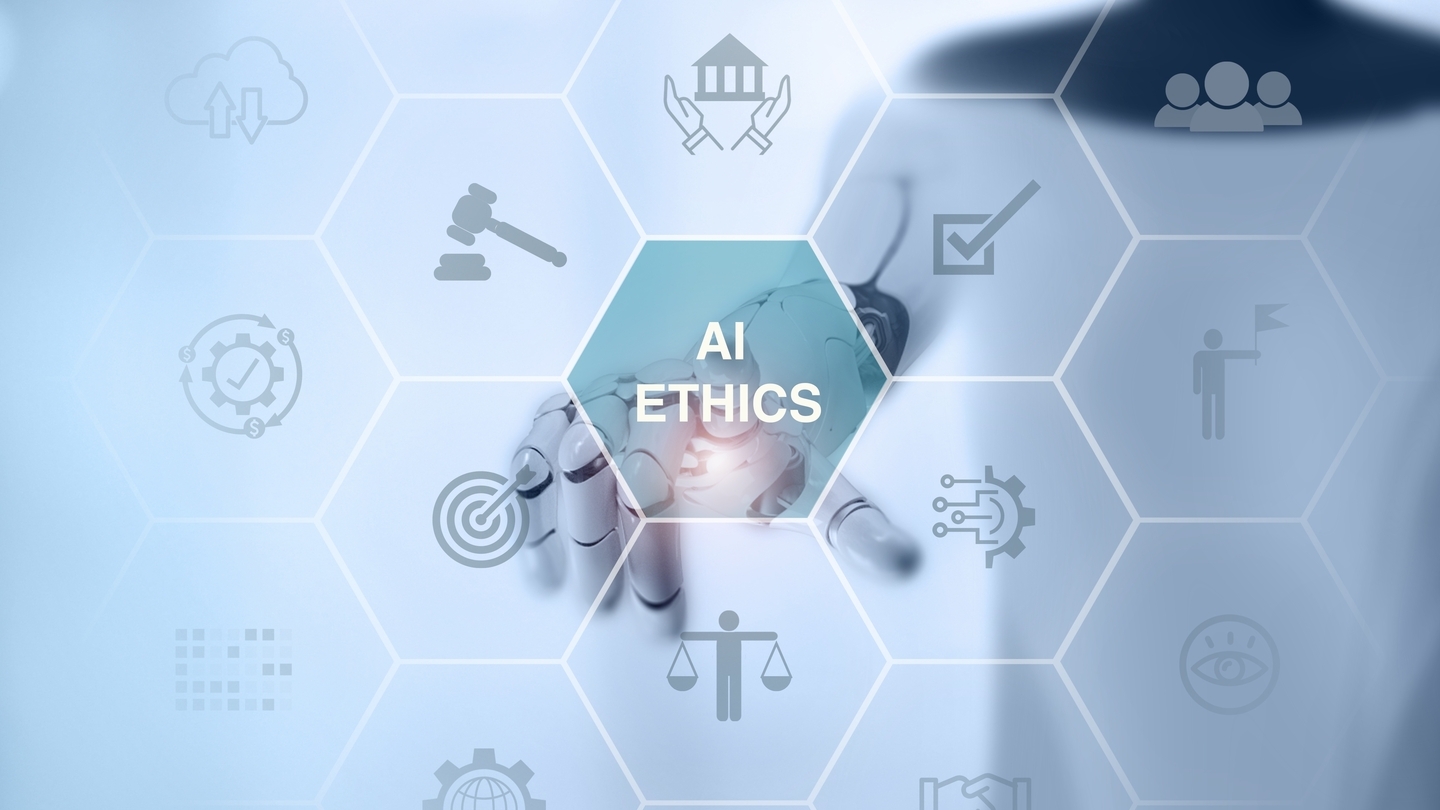The transition to IP using SMPTE 2110 has been broadly successful in a studio environment but interoperability in the live and near live domain still has work to go. A recent innovation from the BBC could provide the answer.
The Time-Addressable Media Store (TAMS) API developed by BBC R&D is a new way of working with content in the cloud. It’s an open specification that fuses object storage, segmented media and time-based indexing, expressed via a simple HTTP API. It is intended to lay the foundations for a multi-vendor ecosystem of tools and algorithms operating concurrently on shared content all via a common interface. In effect, blending the best of live and file-based working.
The open-source API specification was launched to the industry at IBC2023 which is where AWS sourced it as the basis for a proof-of-concept Cloud-Native Agile Production (CNAP) workflow, demonstrated at IBC2024.
AWS was particularly interested in the potential of TAMS to streamline the process of fast-turnaround editing in the cloud in an open, modular way...
You are not signed in.
Only registered users can view this article.

Finding our ethical true north on AI: Part II
Part two of our insight into AI ethics and regulation continues with observations on industry efforts around standards and best practices, and why human impact should be the guiding force. James McKeown reports.
/Source - shutterstock_2464837145 (1).jpg)
Digital Catapult: AI innovations to supercharge the creative industries
Accelerated VFX workflows, video game characters you can converse with, and auto-generated visual experiences from sound for XR headsets are just some of the AI innovations devised by start-ups as part of a recent Digital Catapult programme. Adrian Pennington reports.
.jpg)
Neural Radiance Fields – A new approach to 3D modelling
From the chemical, mechanical and electrical process of creating a film, to the rise of virtual production, visual storytelling has always turned to cutting-edge technologies. Now Neural Radiance Fields (NeRF) could replace the traditional technological foundations that broadcasting and film are built upon. IBC365 speaks to leading researcher, Professor Ravi Ramamoorthi.
.jpg)
Future predictions – Part II: Leaders and analysts
The coming year hints at big changes in focus and innovations for the media and entertainment world. With giant leaps in AI advancements, streamlining production and the road ahead for ad-tech, how can vendors meet the demands of the hungry yet cost-conscious consumer, whilst staying ahead of the game? John Maxwell Hobbs gathers more expert insight from leaders and analysts in the second part of our future predictions series.

Future predictions – Part I: Broadcasters and suppliers
As we wrap up 2024, it’s time to consider what lies ahead for the media industry in 2025. John Maxwell Hobbs probed industry executives to share their crystal ball predictions on themes spanning the impact of AI, the transition from hardware to software-based solutions, data security and ways of reaching new audiences.

.jpg)


